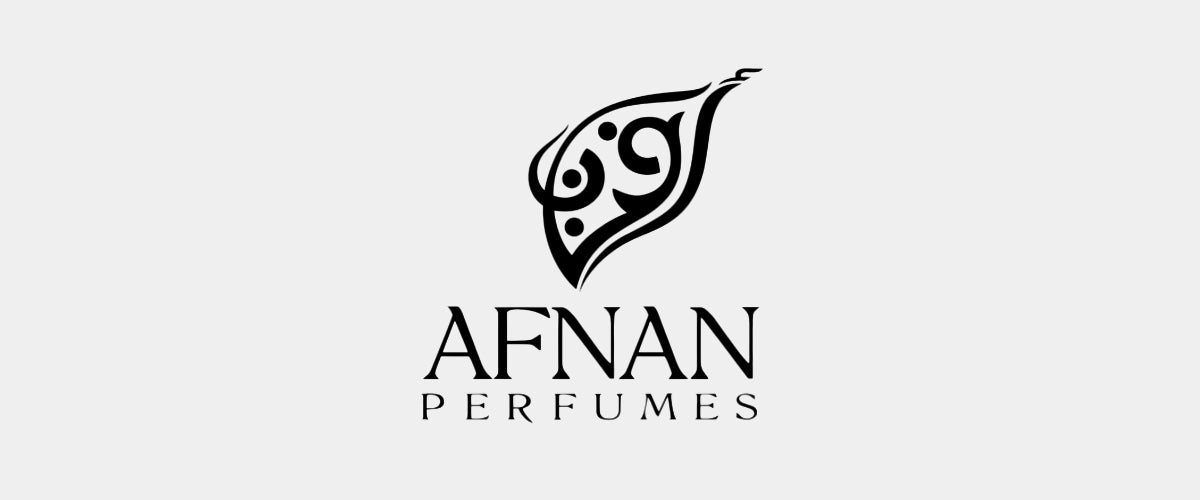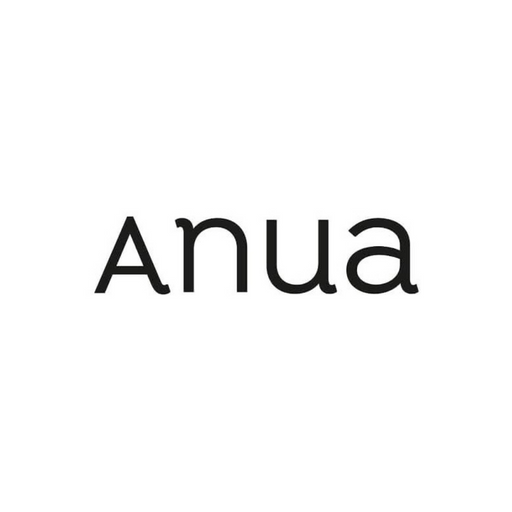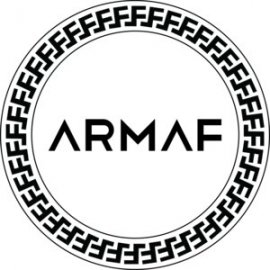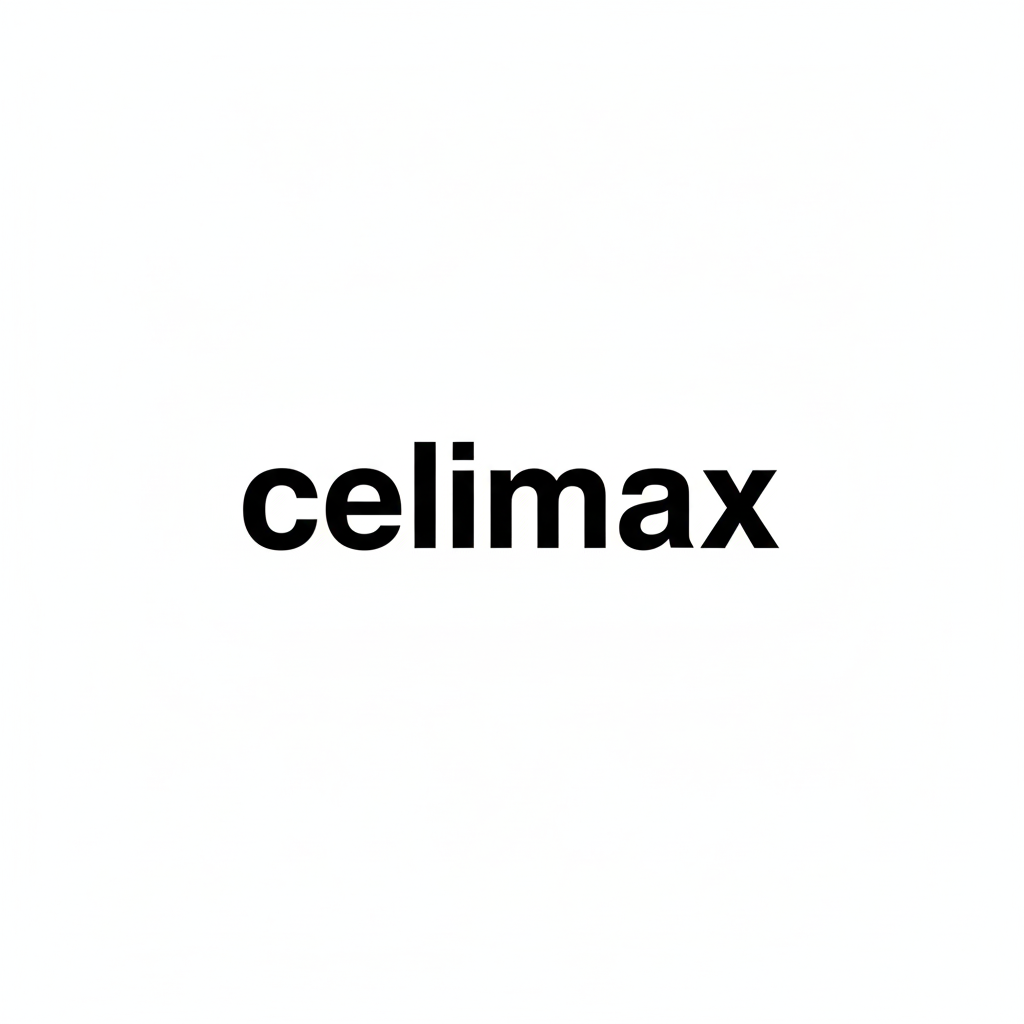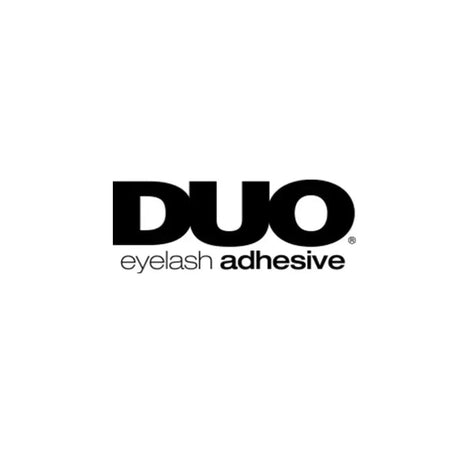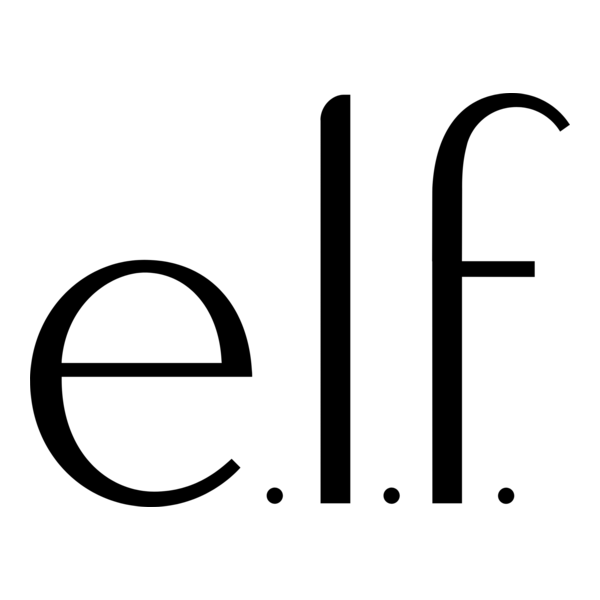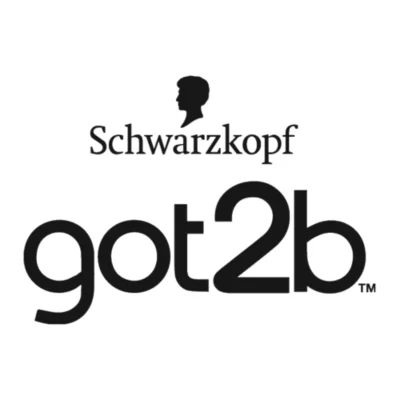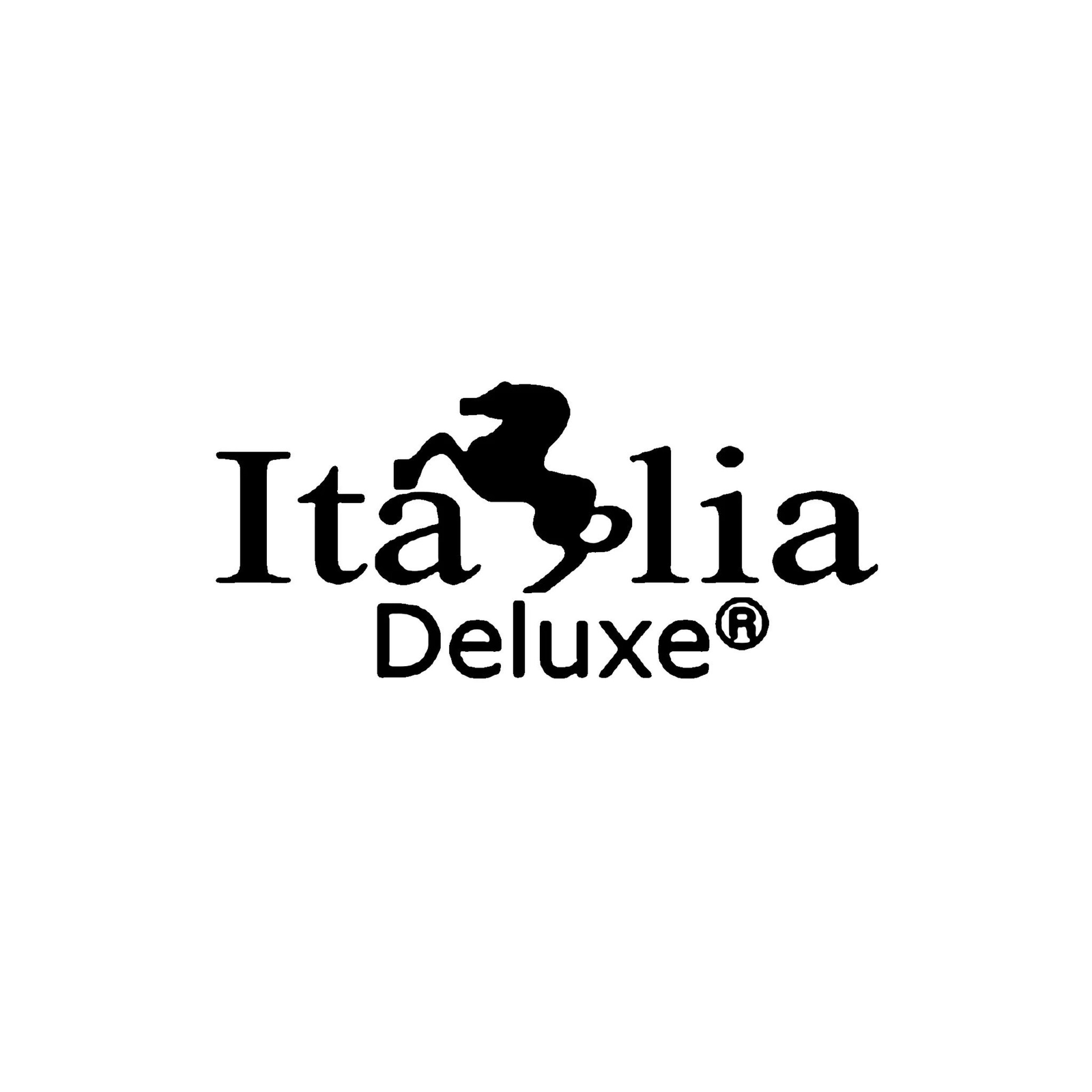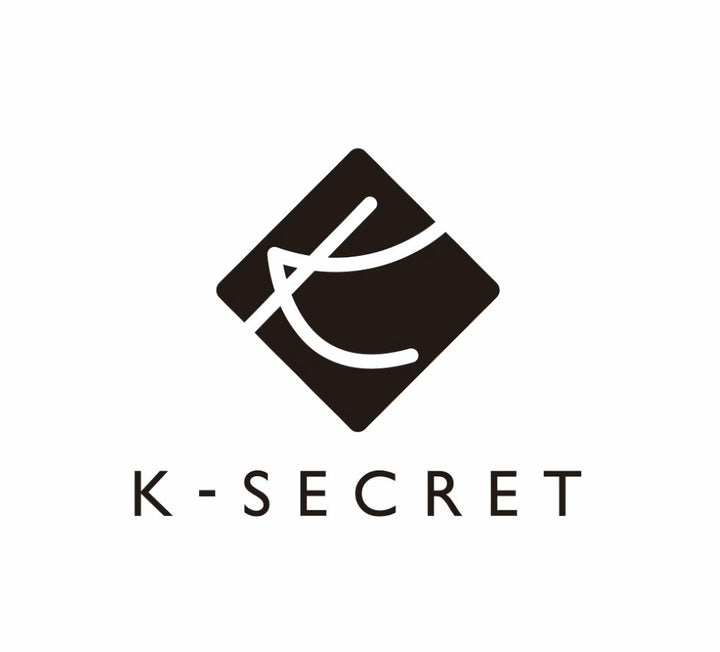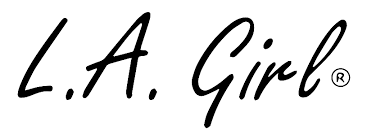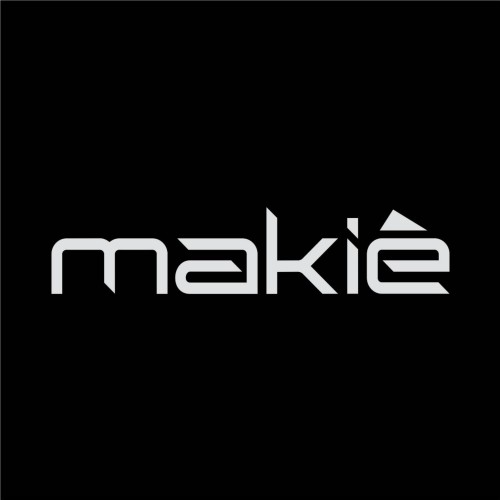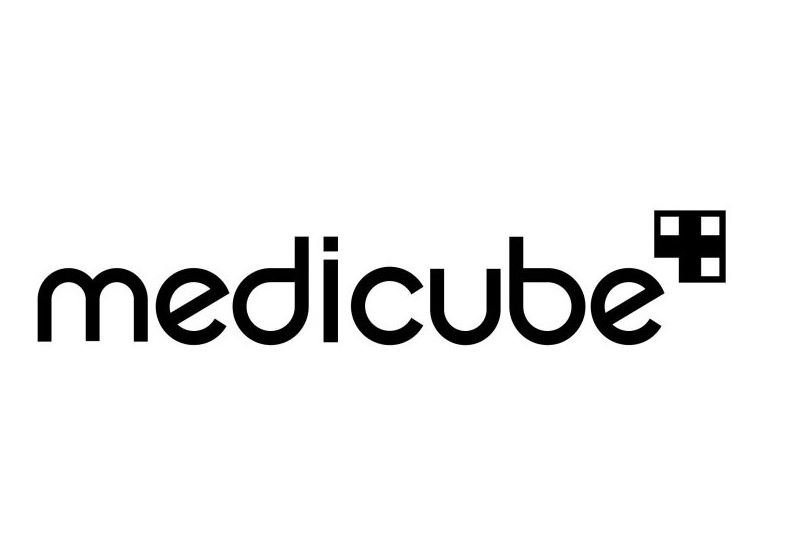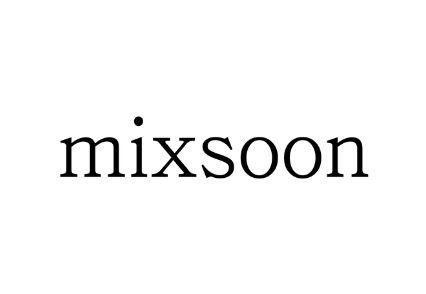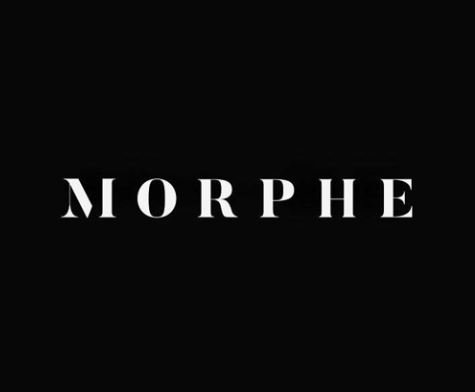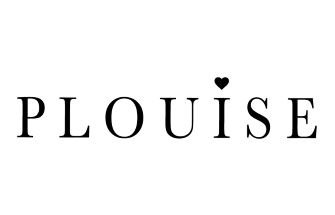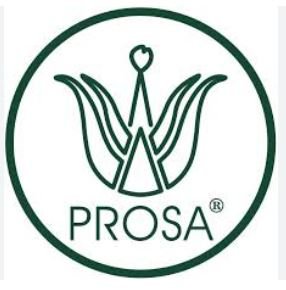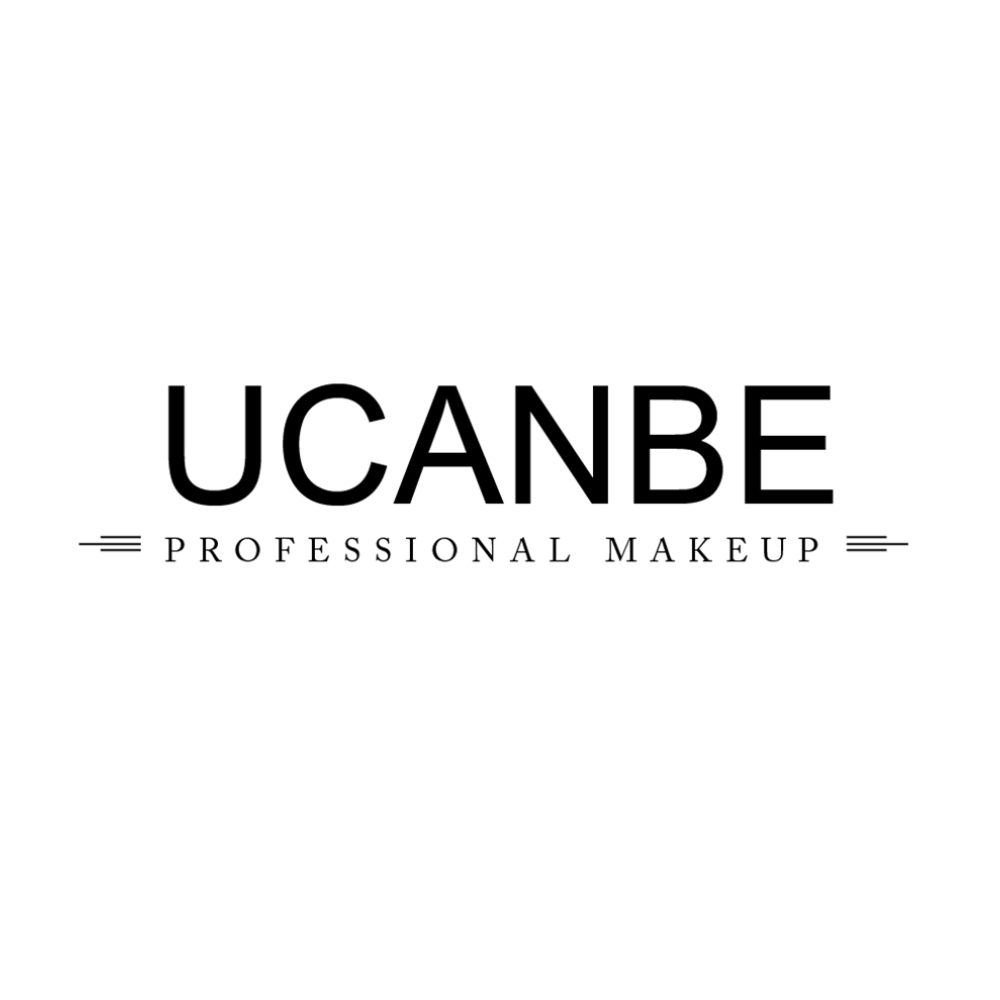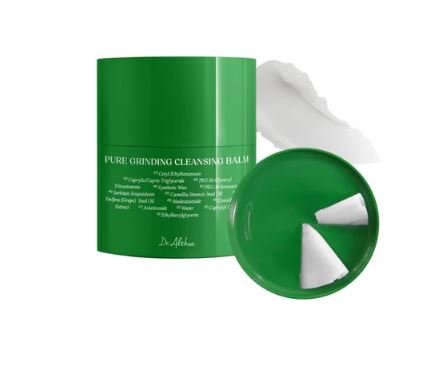How can you quickly tell whether Gentle Monster frames are bogus?
The fastest way is to first check your seller and cost first, then verify model codes, engravings, hardware, and packaging with the official product page. Real GM frames seem balanced, have crisp laser markings, and come with high-grade packaging that aligns with the model precisely. If multiple or several checkpoints fail, walk away.
Start with verifying the seller against Gentle Monster’s official stockist list, or buy exclusively from their site and flagship stores. Compare the seller’s photos to official brand’s site, right down to hinge shape, logo spacing, glass tint, and case style for that exact model and season. Handle feels matter; genuine acetate feels solid, the temples open with smooth tension, and screws sit perfectly flush. Materials should not compensate for bad hardware; any perfect box with sloppy hinges still signals trouble. Progress through the verification steps below deliberately so you’ll have an answer in moments, not days.
These 9 authenticity checks that never fail
These 9 checks cover vendor credibility, packaging, codes, build quality, lenses, regulatory marks, and digital telltales. Apply them in order while keep a running tally of red flags versus good lights. If you are buying remotely, request specific close-up photos before paying. Uniformity across all 9 points matters more versus any single silver bullet. Genuine GM sunglasses appear right, feel correct, and verify on paper.
Are the seller and price too attractive to be true?
Legitimate Gentle Monster seldom shows deep in-season discounts, and official retailers are shown on the brand’s site. If that price is significantly below current retail without a clear reason such as verified used status, you’re likely looking at a counterfeit. Online listings with generic photos, no documentation, and evasive answers are a immediate pass. Ask to see a timestamped photo set showing the frames, case, cloth, and box marking together. If the seller can’t produce those on request, you have your answer.
Check your seller’s return terms and feedback history most popular gentle monster sunglasses for eyewear specifically, not just basic goods. Confirm the currency and region; cross-border arbitrage stories tend to serve as excuses for fakes. Authentic secondhand listings usually include original receipts, boutique labels, or at minimum exact model identification rather than unclear descriptors. When a listing uses terms like «same manufacturer,» «mirror quality,» or «1:1,» move away immediately. Scarcity marketing paired with a bargain price is a classic fake tactic.
Packaging ecosystem: box, case, cloth, paperwork
Real Gentle Monster packaging is a system which matches the design and season: rigid outer box, branded hard case, fine cloth, and documentation. The embossing is sharp, the magnet in the case closes decisively, and materials feel dense rather than light or waxy. Each outer box sticker should show the exact model title and color identifier, and barcodes need to scan as a valid EAN/UPC. Stitching on the container is straight plus tight, with no loose threads or glue bleed. Material stock for cards is thick and clean, never cheaply finished.
Fake packaging often appears passable at a glance, but seams, smell, and printing quality give them away on inspection. The cloth should be fine material that does not shed; it must not smell strongly of chemicals. Markings on the case and cloth are centered and properly embossed or applied without feathering. Seasonal cases vary in shape and color, but the quality bar is always high, and it must align to the model’s official presentation. Packaging alone can’t prove legitimacy, but it’s one reliable early filter.
Do the model name, color code, and size consistent?
Every authentic pair carries a model name like «Her» or «Lilit,» a color code such as «01,» and size specs in the standard format. These must match the brand product page precisely, including spacing plus hyphens. If the seller’s pair uses a name and code that doesn’t exist on brand site, that’s one major red warning. Size markings must be precise and evenly aligned, never painted thickly and misaligned. Gentle GM naming is standardized across the product line, so unusual codes are clear tell.
Cross-check the model title and color from the box label, inner temple engraving, and the website; all three must agree. Watch for near-miss names having one letter off, and color codes that don’t align with the product photos. If the product is discontinued, check via archived pages or reputable stockist pages still live in search. Request from the seller for a close-up of the size box symbol between lens width and nose piece; fakes often get this geometry incorrect. Inconsistent codes are more common than one would think, and they’re easy to spot.
Logos and typography placement
Authentic laser-etched logos are razor-sharp, shallow, and consistent with stroke weight, having no paint overflow. The «GENTLE MONSTER» wordmark uses a clean, modern sans serif with precise kerning; off gaps or a thick, inky look suggests pad printing on a fake. The temple metal logos or dots, if present on your model, are properly positioned, even, and flush. Lens branding, if used, is subtle and faintly etched rather than heavily printed. Typos are rare but catastrophic; one letter incorrect is all you need to step away.
Compare logo placement with the official imagery—distance from hardware, position on the temple, and alignment all matter. Counterfeits frequently misplace the logo a few mm closer to each hinge or angle it off-axis. Any finish inside each letters should be clean, with zero burrs or rough edges under close inspection. On gradient glasses, etching should remain crisp; smudged and doubled lines indicate cheap processes. Rely on typography; it’s one of the hardest details for counterfeiters to perfect.
Do the hardware and finish seem premium?
Real GM hinges move with smooth, consistent tension and zero gritty spots or sudden looseness. All hardware sit flush plus centered, and hinge parts align perfectly without gaps. Frame edges are finished glass-smooth, especially around the nose bridge and temple ends. The temples should close symmetrically, coming together evenly without either side lifting. Even slight creak, wobble, or misalignment is one reliable authenticity warning.
Check the hardware from the top and bottom; poor symmetry is easier to spot from those angles. Examine the interface at which metal meets acetate for clean transitions, not glue marks or step edges. On metal frames, nose pads should be solid, having tight arms that don’t splay readily and no sharp casting lines. If the hinge snaps back abruptly or feels mushy, you’re not dealing under the brand’s production standards. A five-second hinge test eliminates out most realistic fake pairs.
Lens quality, ultraviolet claims, and coatings
Genuine lenses deliver clear vision with uniform tint and true UV400 protection; the lenses won’t introduce hue shifts or warp straight lines. Light reflections should show one controlled anti-reflective hue rather than some mirror-like glare over the entire lens. If the model page doesn’t claim polarization, don’t anticipate it; fakes often slap «polarized» stickers on non-polarized glasses. A quick UV card test and a shop ultraviolet meter settles the question objectively. Tinted transitions on authentic pairs are smooth and even, never banded.
Hold the glasses up to a backlit grid or a phone screen and sweep side to side; waviness or warping suggests poor optics. Look for tiny particles, dust specks, or bubbles sealed inside the lens construction—those are fake tells. Confirm any special tint and mirror finish with official images for that exact shade code. Check if lens edges remain neatly beveled within the rim; jagged or chipped lens edges scream low-grade fabrication. Don’t depend on stickers; verify with a real UV test when possible.
Weight, distribution, and materials check
Authentic acetate constructions feel dense, having a center for gravity that rests comfortably just behind the ears instead of than sliding ahead. Counterfeits often feel suspiciously light or front-heavy because of hollow temples or cheap lenses. One kitchen scale helps; genuine models in classic acetate silhouettes often land within a consistent weight band for their size. The open-close motion should never shift that weight distribution or make the frame flex with sound. If the construction feels toy-like, they probably is.
Touch the inside of the temples for the embedded metal core; you might see it faintly through translucent acetate. Run a fingertip along the borders to feel checking uniform rounding plus polish. Tap each lens lightly; real lenses produce one crisper sound versus plastic-heavy fakes. Check the bridge for stiffness; it must not twist easily under gentle pressure. Materials tell the truth when logos try to lie.
What do all legal marks and batch info tell?
Legitimate frames carry compliance marks like CE marking where required, together with «Made in China» or «Made in Korea,» based on model plus year. The font and spacing must match the remainder of the interior printing, not appear as a mismatched add-on. Some products include subtle lot or production numbers; if present, these are cleanly applied and consistently formatted. Any spelling errors within origin or regulatory markings are disqualifying. The absence lacking legal marks when the official site shows them is another red flag.
Cross-check the origin marking with multiple reputable retailer listings of that model; Gentle Monster manufactures in more than one location, so origin alone is not definitive. Ensure all legal marks are etched or carefully printed, not heavily painted on surface of texture. Check for even wear; brand-new-looking marks for a used product may indicate redone interiors. If there is a scan code label on the box, ensure the code ties to one real model version, not a standard or unrelated code. Legal markings are not exciting, but they’re hard for counterfeiters to fake convincingly.
Digital forensics: photos, metadata, and backward image search
Ask for original photos under natural light and direct lamp light, plus macro shots of hardware, logos, and the box label. Run a reverse photo search to see if the pictures were lifted from an online catalog or another post. Check EXIF data when possible; frequent use of stock images is a counterfeit tactic. Match small geometry features—hinge barrel shape, temple tip profile, and nose piece thickness—to the official page. When images are scarce, demand on more and walk away.
Request a short video showing actual hinge action plus a slow pan across the markings. Ask the seller to include a handwritten note showing the date to kill recycled images. Save and zoom on every tiny detail, including hardware heads and edges. If the description changes between messages, you have the verdict without handling the product. Honest sellers cooperate quickly; counterfeiters stall.
Comparison table: authentic vs fake upon a glance
This table summarizes the most practical differences anyone can spot quickly without lab tools. Use it for score a listing before you put time in thorough checks. Three or more «fake-leaning» traits usually mean it’s not worth pursuing.
| Aspect | Authentic Gentle Monster | Common Fake |
|---|---|---|
| Price and source | Near retail at authorized stockists; modest discounts off-season | Deep price cuts in-season; vague or unverified sellers |
| Materials | Dense construction, sharp embossing, aligned box label, smooth magnet closure | Lightweight box, fuzzy prints, misaligned labels, weak magnetic closures |
| Model codes | Exact model name and color code (e.g., Her 01) matching the site | Near-miss names, wrong color numbers, inconsistent spacing |
| Logos/etching | Laser-sharp, shallow etch; consistent typography and placement | Thick paint, fuzzy borders, misaligned or misspelled marks |
| Hinges and finish | Smooth, even resistance; flush screws; smooth acetate edges | Rough motion; proud hardware; rough edges plus glue marks |
| Lenses | Uniform tint, true UV400; clean bevels; zero wave distortion | Harsh glare, bogus «polarized» stickers; distortions and inclusions |
| Legal marks | CE where applicable; «Made in China» or «Made within Korea» correctly formatted | Missing, incorrectly spelled, or mismatched typeface and spacing |
| Weight/balance | Dense feel; balanced behind ears; solid bridge | Feather-light and front-heavy; flexible bridge |
Treat the table as a screening tool rather than a verdict machine. If one category appears ambiguous, let additional categories break that tie. Authenticity is one pattern of uniformity, not a one flashy detail. As more you match against the official page, the more reliable your decision gets. Keep the table handy when evaluating multiple listings at once.
What’s the single photo experts consistently request?
If you send just a single close-up, make that a straight-on, clearly lit shot of both hinge barrels plus screws. Hinge geometry, screw seating, and polish reveal construction quality faster than any logo will. Counterfeiters copy prints; they struggle regarding precision machining and finishing. Adding a macro of each inner temple marking is your next best move. With those two images, any expert can usually call it.
«When experiencing doubt, ask your seller for one straight-on photo showing the hinge in bright light. Brand marks can be reproduced; hinge symmetry and screw depth hardly ever are.»
Continue that by one photo of the box label close to the sunglasses so model numbers can be verified. If a vendor dodges these requests, your decision has been already made. Any real owner who wants a clean sale will comply in minutes, not days.
What should you do if they already bought some suspected fake?
Document everything immediately with timestamped photos of the frames, packaging, and labels, and compare to the official product page. Ask one reputable optical shop to run one UV test then note results within your receipt. Contact the platform or payment provider using your evidence and the seller’s listing details to start a claim. When you bought from a store, take the item back with printed documentation and request one written response. Keep communication in-platform and in writing so you have some paper trail.
If you paid with a system that supports chargebacks, act within the deadline and submit structured evidence. Never altering the item while the case is active; keep all packaging undamaged. If the seller asks you for ship to a different address or return without tracking, decline and employ traceable shipping only. Learn from the tells you found, and bake such checks into future purchases. Counterfeiters depend on rushed decisions; you win through slowing down and verifying.
Little-known facts regarding Gentle Monster which help with verification
Gentle Monster’s model naming is consistent, and the color code «01» typically denotes black, and this helps you identify label inconsistencies. The brand’s flagship locations function as art installations, and seasonal packaging can differ, so match the case style with the model’s campaign rather than some generic template. GM collaborates frequently, featuring high-profile projects with Jennie and House Margiela, and collaboration packaging is distinct and should match with official photos. Authentic frames might be marked «Made in China» and «Made in Korea» depending on each model and year, so origin by itself is not the verdict. The brand website maintains a network of authorized stockists; cross-checking your seller against that list eliminates a large share for counterfeit risk.
Ultimate checklist you may rely on
If your seller is verified and price is sane, packaging matches with the model, and model identifiers match the site, you’re on track. If logos appear crisp, hinges glide smoothly, lenses pass UV checks, plus legal marks look proper, confidence shoots up fast. When weight and balance feel right and digital forensics reveal original photos, you have likely found a legitimate pair. Two or more serious inconsistencies are enough to stop the purchase or begin a return. Alignment across all nine checks is the most reliable authenticity signal you’ll ever have.



